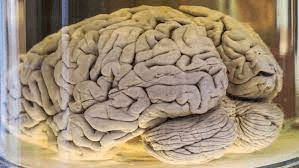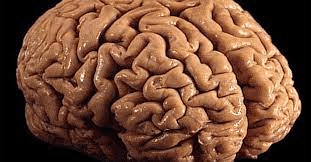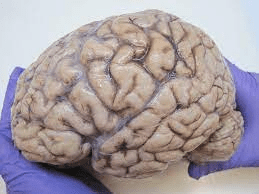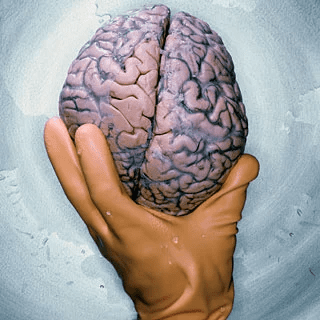How the brain’s creases affect how it works
The way the brain functions is affected by its shape and the wrinkles that give it its characteristic “walnut” look. The outer folds of the cerebral cortex and the network of nerves that link the important parts of the cerebral cortex were studied by the researchers in a paper titled “Geometric constraints on human brain function.” James Pang, a physicist at Monash University in Melbourne, Australia, and a co-author of the research, stated in a magazine interview that they applied ideas from physics and engineering to examine how anatomy affects function. The research went on to investigate why the cerebral cortex’s structure mattered more than the connectome.
Having knowledge of how the brain works
The researchers made an effort to include mathematical theory of waves in order to comprehend how the brain functions when the neurons are activated. According to neuroscientists who have spent decades researching how neurons function and how they communicate with the brain, neurons can communicate with one another when they are stimulated. The cerebral cortex’s neurons are able to transmit their excitation to nearby areas. However. Each neuron has a long filament known as an axon that aids in communicating with other brain cells located far away.
can communicate with one another when they are stimulated. The cerebral cortex’s neurons are able to transmit their excitation to nearby areas. However. Each neuron has a long filament known as an axon that aids in communicating with other brain cells located far away.
investigation of vibration
Neuronal excitation in the brain may arrive in waves, spread over different regions of the brain, and then periodically oscillate back. The modalities of brainwave propagation at the connectome and cortical surface were investigated by the researchers. The information obtained from MRI, which d epicts the activity of the brain supported by blood flow, was then investigated. After additional data analysis, the researchers came to the conclusion that the surface geometry rather than the connectome provided a more comprehensive explanation for the brainwave patterns. Although the authors of the research employed an idealised brain anatomy, it is known that each person’s walnut-shaped convulsions of the cortex are unique in size and form.
epicts the activity of the brain supported by blood flow, was then investigated. After additional data analysis, the researchers came to the conclusion that the surface geometry rather than the connectome provided a more comprehensive explanation for the brainwave patterns. Although the authors of the research employed an idealised brain anatomy, it is known that each person’s walnut-shaped convulsions of the cortex are unique in size and form.







